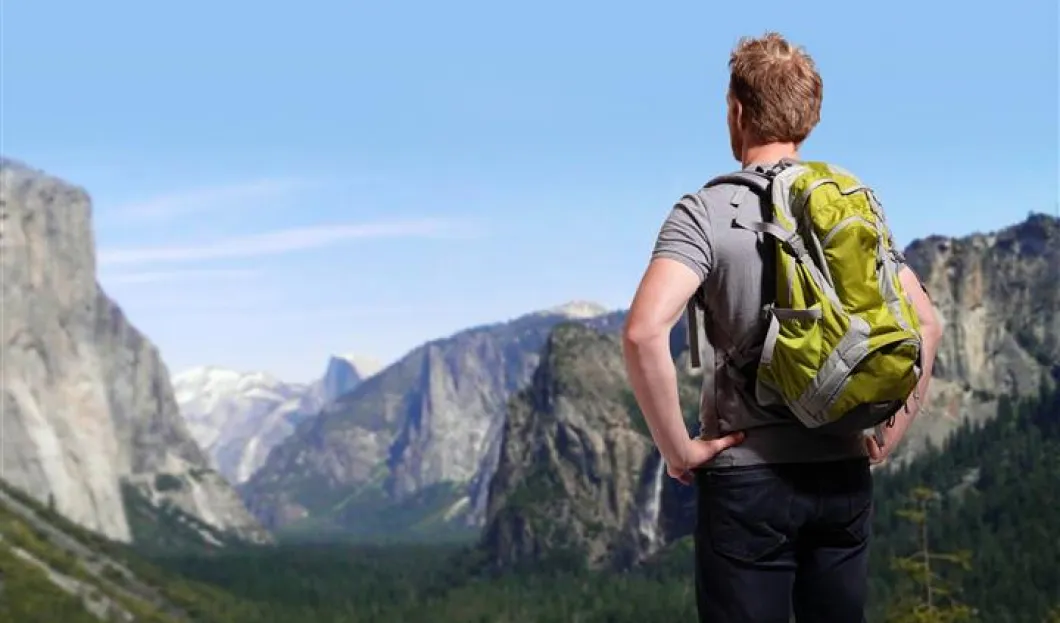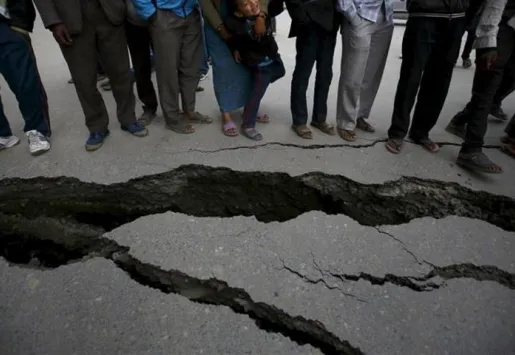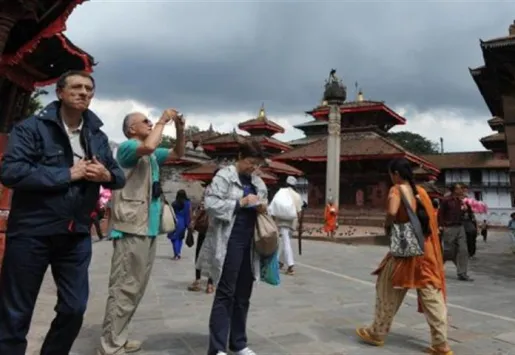
Hem Gurung, who has worked as a boatman and tour guide for 15 years in Pokhara in Nepal explains that since the recent earthquake Pokhara has been empty. The local cherry backpacker cafes, handicraft stores, hotels and the Annapurna trekking trails were not destroyed by the earthquake. Despite that, tourist arrivals to Pokhara reduced drastically since the April 25 disaster. Compared to the same time last year, the bookings are 95% down.
This trend can be seen all across the poor Himalayan country which relies heavily on tourism for around 4% of its gross domestic product and 3.5% of all employment. To explain how serious the problem is, Dal Bahadur Limbu, who runs Kathmandu-based travel agent Fast Travel and Tours, states that about 90% of the entire tour bookings until September have all been cancelled. This means that the revenue from this season is all gone.
Not only did the quake destroy most popular tourist destinations and facilities but together with the massive aftershock of May 12, killed almost 8,800 people as well as destroyed half a million homes. The disaster occurred at the height of the spring season in Nepal and killed several tourists, stranding many others in remote mountain areas only accessible by helicopter.
The quake triggered a colossal avalanche that wiped out an entire village of Langtang, which was a stop off point on a popular trekking route, burying it under tones of ice and rock. Another avalanche hit Everest base camp at its busiest time ahead of the spring climbing season. This avalanche killed 18 people. However, most tourist attractions were not destroyed including the famous Annapurna trails located in the western part of the country, the Buddha’s birthplace, Lumbini and the wild-life rich national parks of the southern plains.
Ganesh Bahadur Bhattarai, who is coordinating a campaign aimed at bringing back tourists to Pokhara for the autumn season emphasizes the need to let the world know that Nepal is safe and ready to welcome tourists again. He is pushing for an international airport in Pokhara, a project that was conceived 40 years ago but stalled. He said that, Kathmandu, the only gateway for international tourists was heavily affected by the earthquake.
It is important to point out that many western countries, United States of America, Canada and Britain, have issued travel advisory against all non-essential travel to Nepal citing the risk of aftershocks and subsequent landslides in the quake hit areas. This negatively affects most travel insurance policies which is a major tourist deterrent.
Many of the tourists visiting Nepal are from the neighboring countries of China and India and neither of the countries has advised its citizens from visiting Nepal. Unfortunately, tourist arrivals from these two countries have drastically dropped anyway. Some travel companies in Nepal express fears that Chinese tourists were having a hard time getting permission to travel to Nepal.
In a move to lure foreign visitors back, the Nepal government reopened the historic former royal squares of the Kathmandu Valley and affirmed that the area is open for tourism. In order to rebuild the infrastructure, the government requires approximately $400 million. The tourism ministry spokesperson said that the effects of the quake might last for two more years with an estimated loss of $623 million.













